Education and government most at risk from email threats
New report finds phishing remains most dominant threat to IT security


Organizations in the education sector and local and state government are most at risk from email threats, according to a new report.
The report, published by IT security firm Cyren, also found that phishing remains the dominant form of attack against all industries.
Based on data gathered from nearly 45,000 incidents, researchers found that the education sector received over five threats per thousand emails received. State and local government bodies received just over two threats per thousand emails received, nearly double the amount received by the next most targeted industry, software.
The report also looked at the number of attacks per 100 users across a wide range of industries. It found that there were nearly 400 per 100 users in education compared to just over 150 in the construction industry.
Researchers said there was a surprisingly low rate for manufacturing, especially when compared to the construction industry, which is closely related.
“We observed 20 confirmed threats per 100 users in the manufacturing vertical. Without solid detection and automated incident response, a manufacturer with 100 Office 365 users would spend at least 16 hours manually investigating and remediating emails,” they added.
In a blog post, security researchers found that the data supported a widely held theory that phishing is a precursor to more damaging attacks such as business email compromise (BEC) and ransomware.
Get the ITPro daily newsletter
Sign up today and you will receive a free copy of our Future Focus 2025 report - the leading guidance on AI, cybersecurity and other IT challenges as per 700+ senior executives
The report looked at phishing compared with malware and BEC attacks across four industries. Phishing remained the dominant threat in healthcare (76%), finance and insurance (76%), manufacturing (85%), and real estate (93%).
In healthcare, BEC attacks made up the remaining 24%. Researchers said that robust malware detection capabilities in the healthcare industry explains the high rate of BEC attempts.
RELATED RESOURCE
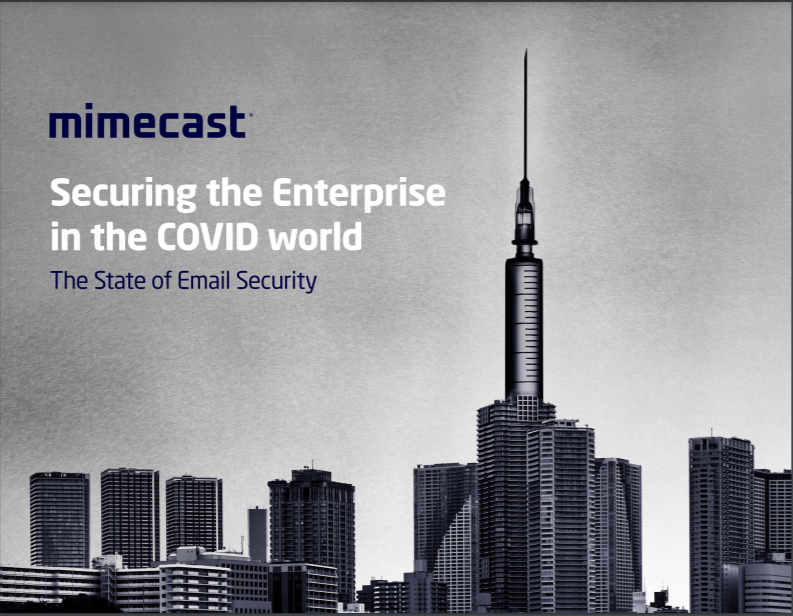
2021 state of email security report: Ransomware on the rise
Securing the enterprise in the COVID world
“Attackers understand that they can’t easily slip malware past automated defenses, so they have shifted to social engineering tactics,” said researchers.
Researchers said that when it comes to solving the email threat problem, user education is an important component, but several organizations have “over-rotated” on the idea that users are responsible for keeping sophisticated email threats at bay.
“The predominant trend is to use an email hygiene technology such as Microsoft Defender for Office 365 to catch 80% of threats, deploy a specialized add-on to catch and contain zero-day phishing and most BEC attempts, enable employees to perform initial analysis on the small percentage of emails that are classified as suspicious (rather than malicious or clean), and automate incident response workflows to save time and reduce exposure,” added researchers.
Rene Millman is a freelance writer and broadcaster who covers cybersecurity, AI, IoT, and the cloud. He also works as a contributing analyst at GigaOm and has previously worked as an analyst for Gartner covering the infrastructure market. He has made numerous television appearances to give his views and expertise on technology trends and companies that affect and shape our lives. You can follow Rene Millman on Twitter.
-
 Asus ZenScreen Fold OLED MQ17QH review
Asus ZenScreen Fold OLED MQ17QH reviewReviews A stunning foldable 17.3in OLED display – but it's too expensive to be anything more than a thrilling tech demo
By Sasha Muller
-
 How the UK MoJ achieved secure networks for prisons and offices with Palo Alto Networks
How the UK MoJ achieved secure networks for prisons and offices with Palo Alto NetworksCase study Adopting zero trust is a necessity when your own users are trying to launch cyber attacks
By Rory Bathgate
-
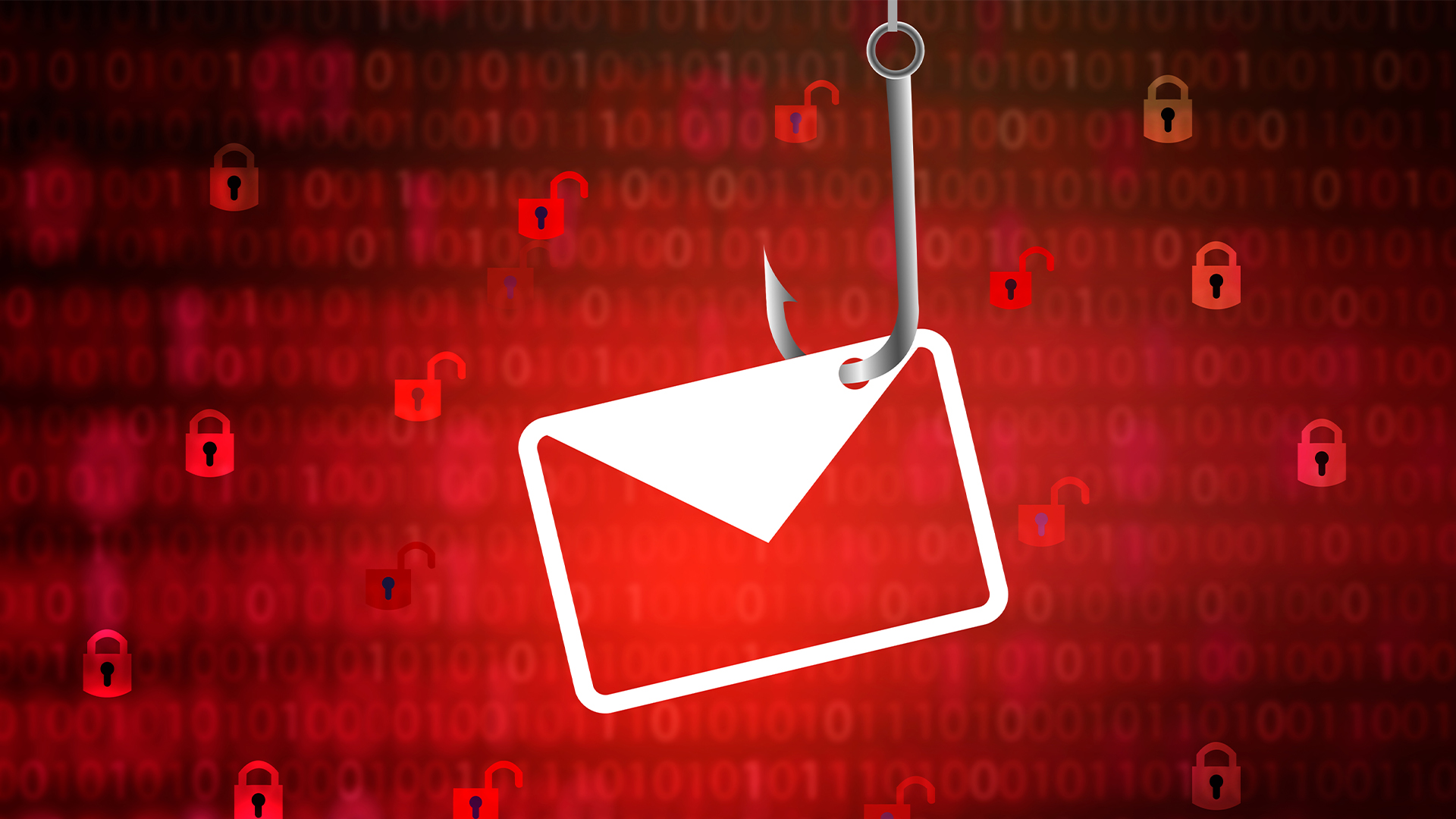 Have I Been Pwned owner Troy Hunt’s mailing list compromised in phishing attack
Have I Been Pwned owner Troy Hunt’s mailing list compromised in phishing attackTroy Hunt, the security blogger behind data-breach site Have I Been Pwned, has fallen victim to a phishing attack targeting his email subscriber list.
By Jane McCallion
-
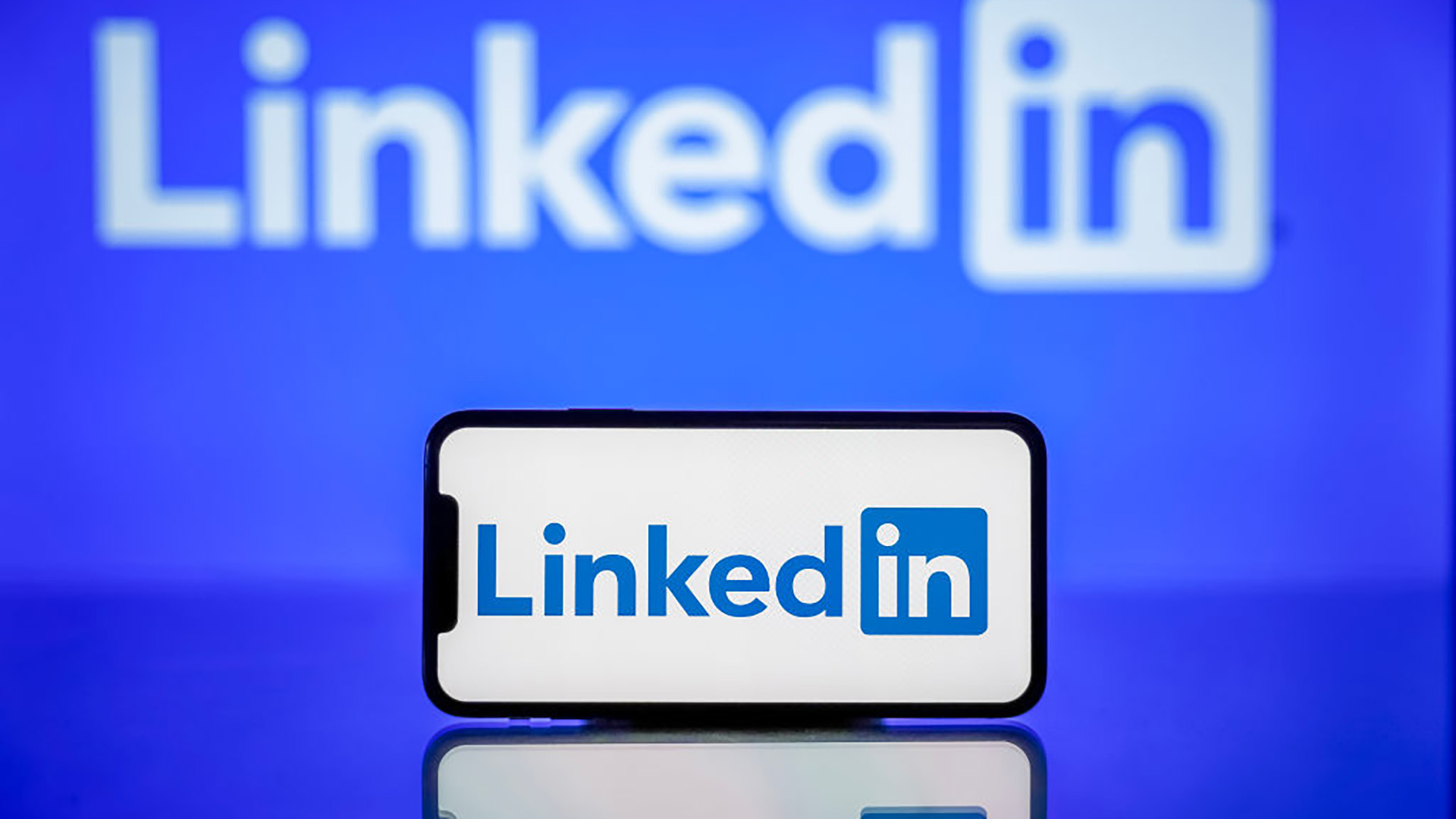 LinkedIn has become a prime hunting ground for cyber criminals – here’s what you need to know
LinkedIn has become a prime hunting ground for cyber criminals – here’s what you need to knowNews Cyber criminals are flocking to LinkedIn to conduct social engineering campaigns, research shows.
By Solomon Klappholz
-
 Phishing campaign targets developers with fake CrowdStrike job offers
Phishing campaign targets developers with fake CrowdStrike job offersNews Victims are drawn in with the promise of an interview for a junior developer role at CrowdStrike
By Solomon Klappholz
-
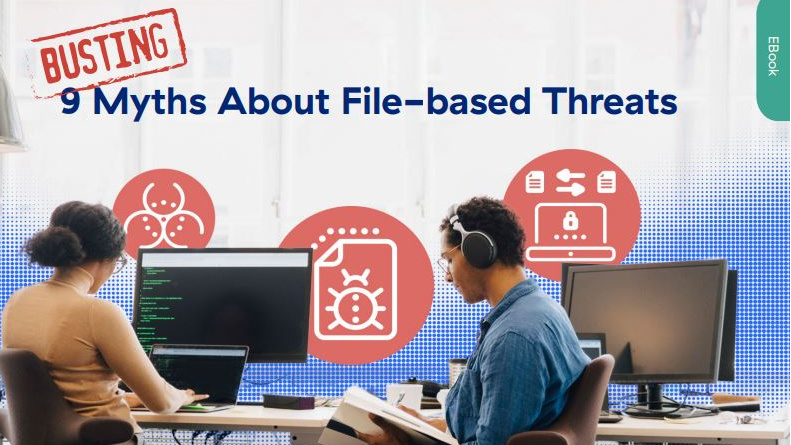 Busting nine myths about file-based threats
Busting nine myths about file-based threatsWhitepaper Distinguish the difference between fact and fiction when it comes to preventing file-based threats
By ITPro
-
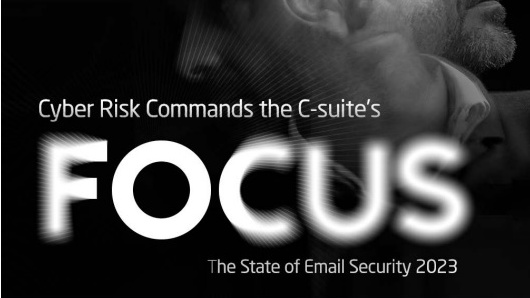 The state of email security 2023
The state of email security 2023Whitepaper Cyber risk commands the C-Suite's focus
By ITPro
-
 Iranian hackers targeted nuclear expert, ported Windows infection chain to Mac in a week
Iranian hackers targeted nuclear expert, ported Windows infection chain to Mac in a weekNews Fresh research demonstrates the sophistication and capability of state-sponsored threat actors to compromise diverse targets
By Richard Speed
-
 Malware being pushed to businesses by search engines remains a pervasive threat
Malware being pushed to businesses by search engines remains a pervasive threatNews High-profile malvertising campaigns in recent months have surged
By Ross Kelly
-
 CISA: Phishing campaign targeting US federal agencies went undetected for months
CISA: Phishing campaign targeting US federal agencies went undetected for monthsNews Threat actors used legitimate remote access software to maliciously target federal employees
By Rory Bathgate